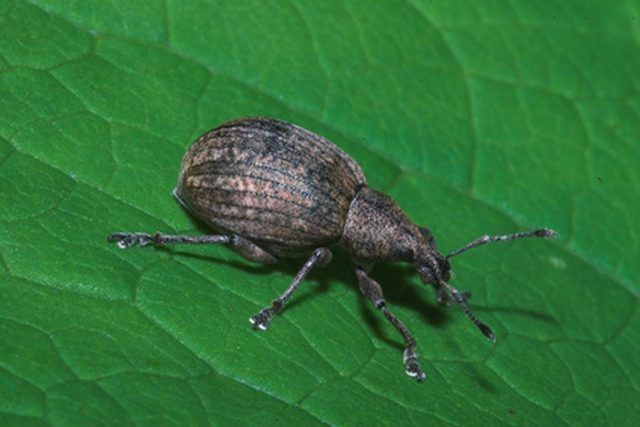Bulbs
Flower Basics
Flower Beds & Specialty Gardens
Flower Garden
Garden Furniture
Garden Gnomes
Garden Seeds
Garden Sheds
Garden Statues
Garden Tools & Supplies
Gardening Basics
Green & Organic
Groundcovers & Vines
Growing Annuals
Growing Basil
Growing Beans
Growing Berries
Growing Blueberries
Growing Cactus
Growing Corn
Growing Cotton
Growing Edibles
Growing Flowers
Growing Garlic
Growing Grapes
Growing Grass
Growing Herbs
Growing Jasmine
Growing Mint
Growing Mushrooms
Orchids
Growing Peanuts
Growing Perennials
Growing Plants
Growing Rosemary
Growing Roses
Growing Strawberries
Growing Sunflowers
Growing Thyme
Growing Tomatoes
Growing Tulips
Growing Vegetables
Herb Basics
Herb Garden
Indoor Growing
Landscaping Basics
Landscaping Patios
Landscaping Plants
Landscaping Shrubs
Landscaping Trees
Landscaping Walks & Pathways
Lawn Basics
Lawn Maintenance
Lawn Mowers
Lawn Ornaments
Lawn Planting
Lawn Tools
Outdoor Growing
Overall Landscape Planning
Pests, Weeds & Problems
Plant Basics
Rock Garden
Rose Garden
Shrubs
Soil
Specialty Gardens
Trees
Vegetable Garden
Yard Maintenance
Barberry Shrub Insects
Barberry Shrub Insects. Barberry (Berberis sp.) is a genus of highly cultivated plants that are valued around the nation. The utility of a barberry shrub is evident in the variety of different sizes, shapes and even colors commercially available today. Although barberry is considered easy to care for, they can become infested with insects from time...

Barberry (Berberis sp.) is a genus of highly cultivated plants that are valued around the nation. The utility of a barberry shrub is evident in the variety of different sizes, shapes and even colors commercially available today. Although barberry is considered easy to care for, they can become infested with insects from time to time. The most common non-beneficial insects that infect barberry are aphids, webworms, weevils and loopers.
Beneficial Insects
When gardeners or landscapers see an insect on their barberry they tend to jump to conclusion that the insect is harmful and, most of the time, they are right. However, beneficial insects may also appear on a barberry from time to time. Botanical.com states that bees are often very fond of the barberry flower and are often seen near them. Additionally, gardeners will spot a ladybug or praying mantis on their barberry. Again, these are beneficial insects that are most likely eating other harmful insects on the plant.
Types of Insect Pests
The barberry aphid (Rhopalosiphum berberidis) is a common pest for many barberry owners. These small, yellow-green, insects accumulate on the leaves and young stalks of the plant where they suck nutrients out of the plant. Barberry webworm (Omphalocera dentosa) is a black or dark-grayish caterpillar with white spots that will make a web around the barberry leaves. The twobanded Japanese weevil (Callirhopalus bifasciatus) is a small brown insect that feeds on the leaf margins on the barberry. This insect is only 1/5 of an inch long with wings that carry a faint white line. Although a rare pest to barberries, the barberry looper (Coryphista meadii) is a small caterpillar that is capable of damaging the leaves of barberry.
Treatments
Many insecticides are capable of dealing with aphids, webworms and weevils--for example, Sevin or Malathion. For a more environmentally friendly option, try using horticultural oil or horticultural soap as a remedy. Horticultural oil is a highly effective treatment for weevils and can be used proactively to prevent insect eggs from overwintering on your barberry. When dealing with webworms, perhaps the easiest treatment is simply to spray the web with a hose to destroy it and simply monitor your barberry afterward. For weevils, use acephate to treat infections. The best time to spray acephate is in early August when the weevil is in its adult life phase.
Significance
Most insects that attach to barberry plants will only do aesthetic damage in small populations. However, in larger populations aphids, weevils, loopers and other insects can cause quite a problem. Barberry aphids can cause significant leaf and shoot damage in large populations. Like the aphid, weevils can also have a significant effect on the shrub by the damage it causes to the leaves. Lastly, any gardener who has ever encountered a white or gray web in their trees or shrubs is well aware of the damage webworms can do. Webworms are capable of completely defoliating an area of a plant in a very short period of time. Lastly, the looper is most damaging as a young larvae when it is capable of eating all parts of the barberry leaf.
Geography
Barberry is mostly a problem-free shrub that is not often affected by insects. However, your location can be an indication of what insect problems, if any, your barberry will have during the course of the season. For instance, barberry scale is more prevalent in Connecticut and New York than it is in Illinois. Consult the advice of your local garden center or university cooperative extension if you notice an insect that you are unable to identify.